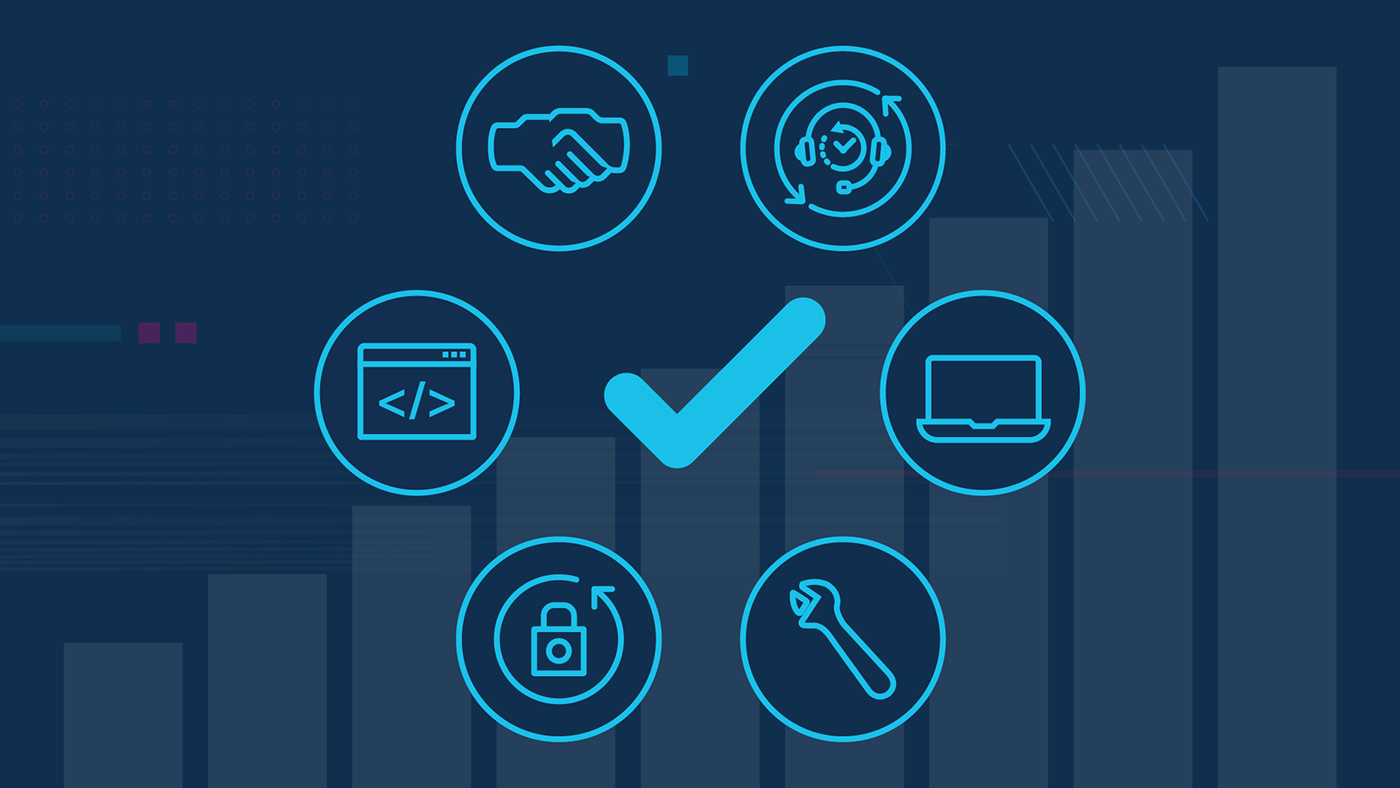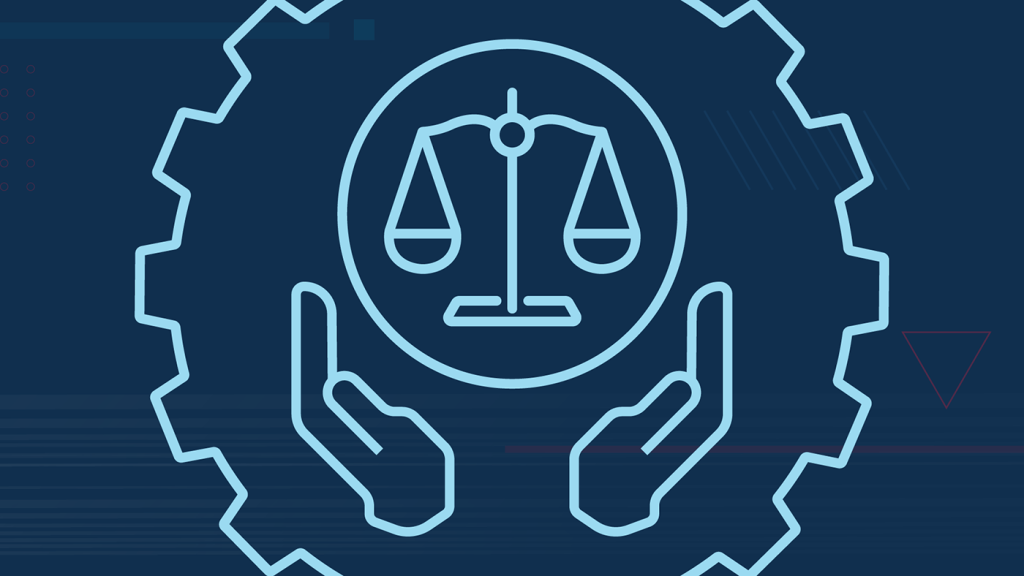Appears In
While the ongoing pandemic continues to affect businesses, families, and federal agencies, business operating models across the nation are finding new ways to innovate and maintain a standard of excellence for the communities they serve in this “new normal” virtual world. The Department of Veterans Affairs’ (VA) Office of Information and Technology (OIT) is no exception. This past year, OIT maintained its consistent standard of excellence to provide comprehensive online services to Veterans, business partners, and stakeholders, and in turn increasing its customer satisfaction ratings.
Through the annual IT Customer Satisfaction Survey, OIT’s customers across the Department spoke out, and the results speak for themselves. This survey, distributed to all VA employees and contractors, measures IT customer satisfaction across key areas including information security, onsite technical support, business partner collaboration, enterprise service desk, VA production applications, and government-furnished equipment. By using the American Customer Satisfaction Index (ACSI), the international cross-industry measure of customer satisfaction, the survey results provide insight into customer experience across the organization and allow OIT leaders to use the results to inform strategic decision making and improve the customer and Veteran experience. The 2021 survey reported a three-point increase from 2020’s overall ACSI score — from 76 to 79 — putting OIT on par with Google (76), Microsoft (76), and Dell (79). Furthermore, 85 percent of OIT sites boast an ACSI score of 75 or higher for 2021, as compared to 67 percent of OIT sites in 2020, and 31 percent of OIT sites in 2019.
Of the 35,476 completed responses, many provided detailed, open-ended feedback to ensure OIT leaders have an accurate picture of the customer experience.
OIT’s Net Promoter Score— an indicator of how likely our customers are to recommend our products and services to a friend or colleague — continued to increase across all of VA’s administrations. The Veterans Benefits Administration and the National Cemetery Administration saw the largest growth in customer satisfaction scores for the third year in a row, each gaining 9 additional points, at 38 points and 26 points respectively. At the enterprise level, OIT’s NPS is 33 in 2021, an increase from 29 in 2020 and 8 in 2019.
For Abe George, Program Manager of the Customer Experience and Data Science Program, the survey not only provides the quantitative measure of customer experience with the IT infrastructure and services, but also gives rich qualitative data that that explains the causality of customer experience.
“While the basic measurement methodology has not changed in the last ten years,” he says, “the individual focus areas within the survey have changed to align the questions properly to OIT’s technological advancement and strategic direction.”
Survey results show that onsite technical support and business partner collaboration have the highest impact on overall satisfaction. OIT’s overall engagement and support throughout the pandemic has been rated exceptionally strong, as the Enterprise Service Desk support and yourIT platform performance continue to improve across all administrations while simultaneously delivering more consistent service.
To measure and track our trend of customer experience throughout the year, OIT administers a monthly IT Customer Experience Survey to 30,000 VA employees each month. As OIT looks to the future, Mr. George aims to encourage managers across the country to harness the insights from the survey results and use them to improve IT products and services across the enterprise.
We in OIT thank all our employees and business partners for your continued support. Your dedication and teamwork ensure VA can continue to provide our Veterans, their families, and their caregivers with the high-quality care, benefits, and services they deserve.
Topics in this story
More stories
Link Disclaimer
This page includes links to other websites outside our control and jurisdiction. VA is not responsible for the privacy practices or the content of non-VA Web sites. We encourage you to review the privacy policy or terms and conditions of those sites to fully understand what information is collected and how it is used.








